Creating a natural-looking aquascape is a blend of artistry and science that transforms your aquarium into a captivating underwater landscape. Achieving this harmony involves understanding design principles, selecting harmonious hardscape elements, and skillfully arranging aquatic plants.
Fundamental Design Principles for Natural Aquascaping
Start by embracing simplicity. Overcrowding your tank with too many plant species or decorations detracts from the natural feel. Instead, aim for a balance of open space and lush planting.
Utilize the Rule of Thirds to organize your layout. Imagine your tank divided into nine equal sections with two horizontal and two vertical lines; place key focal elements along these lines or their intersections to create visual interest and natural flow.
Popular Natural Aquascaping Styles
There are various styles to inspire your natural aquascape. The Nature Aquarium style focuses on mimicking natural ecosystems with driftwood, rocks, and a mixture of plants. The minimalist Iwagumi style uses carefully placed stones as focal points. The vibrant Dutch Aquarium style showcases dense, colorful plant arrangements. The Jungle Style is lush and wild, resembling a tropical underwater forest.
Below is a distribution chart showing the popularity of these natural aquascaping styles among hobbyists:
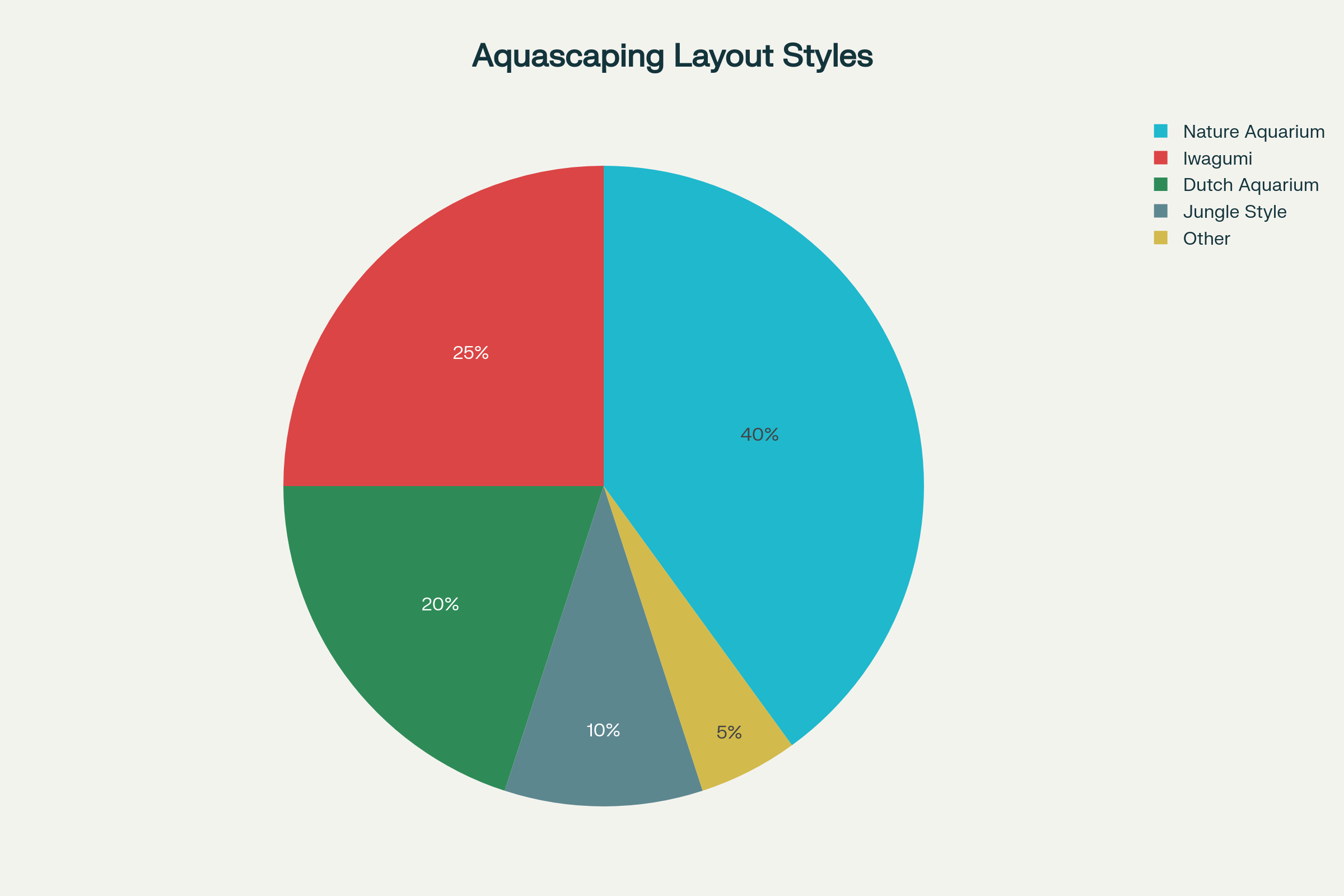
Selecting and Arranging Plants
Choose plants of varied sizes, colors, and textures to create depth and visual contrast. Combine taller, slower-growing plants in the background with shorter, carpeting species in the foreground.
Use aquascaping tools like tweezers to plant roots carefully at slight angles, facilitating healthy growth and natural appearance. Avoid sharp transitions between planted and open sandy areas by blending with mosses or small stones.
Hardscape Elements
Incorporate driftwood and rocks naturally by blending their colors and shapes with the plant arrangements. Avoid overcrowding and maintain clear focal points to guide the viewer’s eye through the scene.
Enhance Your Aquascaping Skills
Explore topics on aquatic nutrition and ecosystem balance through our detailed guides such as Mastering Phytoplankton Dosing for Saltwater Tanks and Top 5 Live Feeds for Thriving Reef Tank Ecosystems.
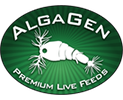
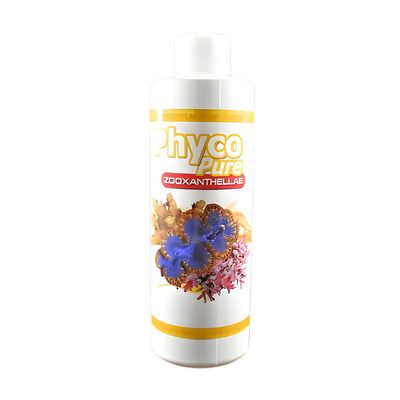

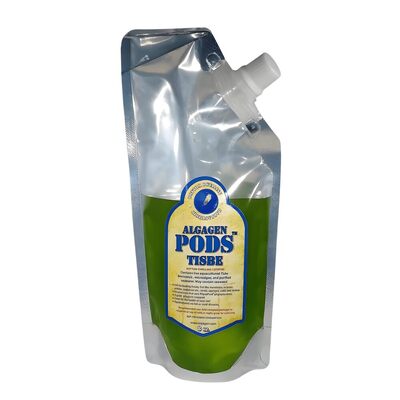
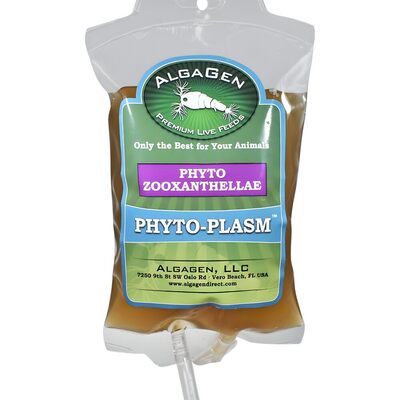
Recent post